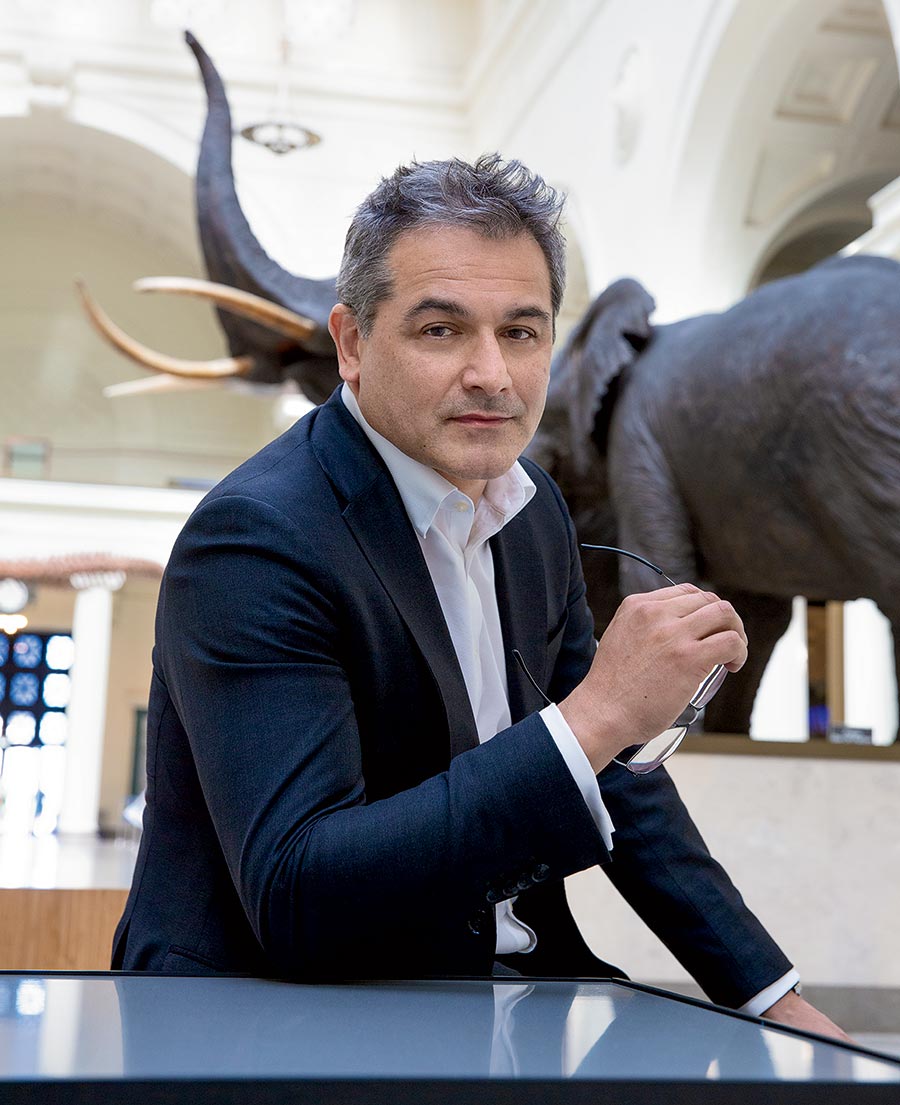
Museums are starting to rectify biases in how non-European cultures are represented, and you’re planning on looking freshly at the Field’s African and Egyptian collections. How do you display these cultures appropriately?
I recently opened some African galleries at my former museum [the Penn Museum in Philadelphia]. There are objects in those collections acquired in a colonial context. One of the first things we did was have large-scale community involvement about what they wanted to see. We then reached out to five museums in West Africa for ways that we can collaborate and also to make sure you have all the right voices in the galleries. At the heart of that is radical transparency, where you’re very, very clear to the visitor how these objects were acquired, the issues surrounding them, and what the museum intends to do about it.
Is there ever a situation where the museum would give an artifact back?
The Field has an office that does nothing but return human remains to ancestral communities. The same is true with objects of significant spiritual value. It’s actually a wonderful opportunity to form a relationship with native groups.
How is history different when it isn’t told from a white perspective?
When the Penn Museum asked Native American communities what they wanted from a gallery, one thing absolutely central was, “We want people to know we are still here.” A staggering number of Americans don’t think that there are any Native Americans left. They wanted others to know that they have their own aspirations, that they’re thriving.
The Field cut research funding after the last recession. You come from an academic institution. What are your priorities?
I always will support the research mission. I think it’s extraordinarily important that we do science that actually has impact. We have a huge responsibility to be spokespeople for the findings, particularly as we move through our pandemic and face the existential threat of climate change.
I heard that you were tattooed using a bone needle, inspired by the ancient Iceman mummy. Why do that?
[Laughs.] It was extraordinarily painful. It was about 20 years ago. But I was curious because, if you think about some of the first art, tattooing may have been it. If you’re a hunter-gatherer, it’s a canvas that walks around with you.



